The Tola Lhosar festival, observed on Poush Shukla Pratipada, the first day of the waxing moon in the lunar month of Poush, is being celebrated with traditional fervor in the districts of Humla, Jumla, Dolpa, Mugu, and Manang today.
Recognized as one of the oldest Lhosar celebrations, “Tola” symbolizes the wheel of time, earning Tola Lhosar the alternate name “Time Cycle Year.” While sharing similarities with the Tamang community’s Sonam Lhosar, Tola Lhosar is observed a month earlier, reflecting the unique customs of its celebrants.
On this day, houses are thoroughly cleaned, and doorways are coated with a mixture of clay and cow dung as part of purification rituals. Religious sacraments are performed by Lama priests or family heads, invoking blessings and spiritual renewal.
A key ritual involves scattering wheat and barley flour into the sky, symbolizing the victory of gods over demons and the dispelling of evil spirits. This act represents gratitude, prosperity, and hope for the New Year.
Families gather to share traditional delicacies such as Babari Roti, Phuraula, and locally grown tubers, strengthening communal ties. Elders and Lama priests bestow blessings on younger generations, promoting harmony and goodwill.
While deeply rooted in Nepal, Tola Lhosar is also celebrated in parts of Bhutan and Tibet, highlighting its cross-cultural significance. Derived from the Tibetan words “Lho” (year) and “Sar” (new), Lhosar signifies the New Year and marks the start of a fresh cycle of time.
The festival is not only a spiritual observance but also a vibrant display of cultural heritage, bringing together communities to honor tradition, family, and the continuity of time.

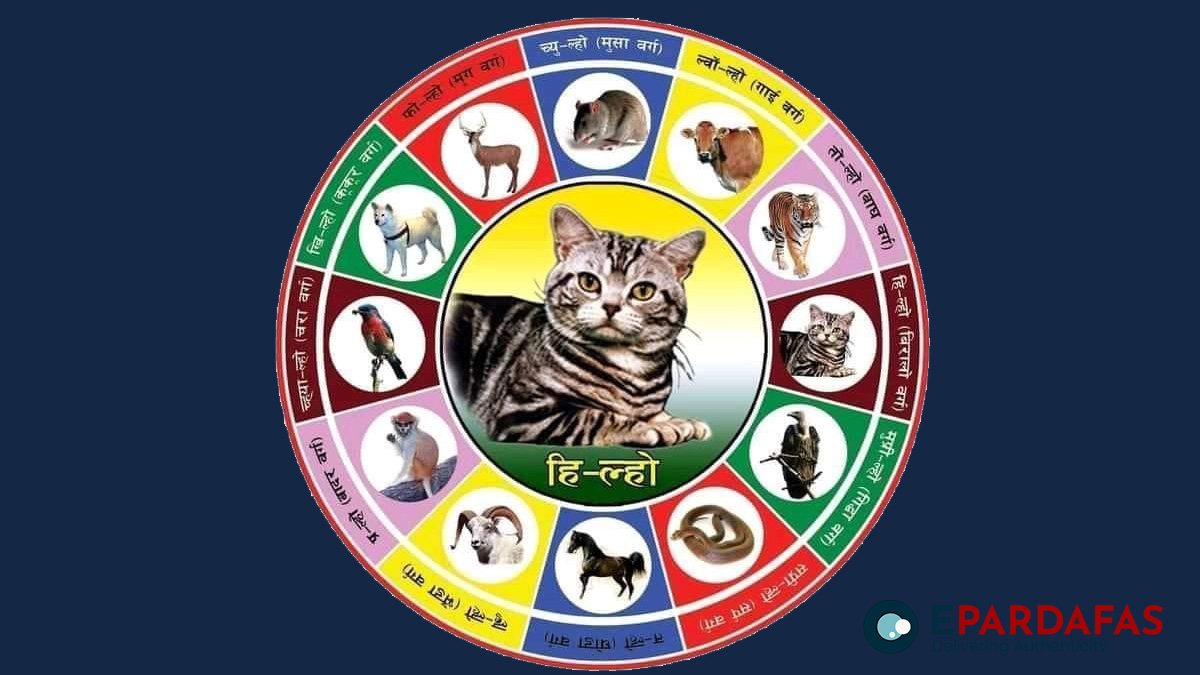
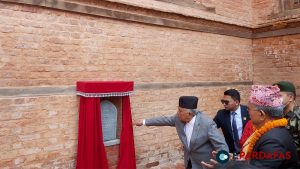
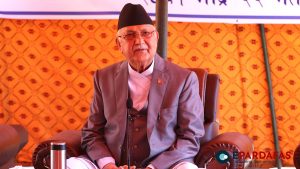
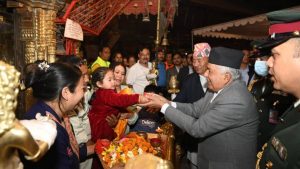

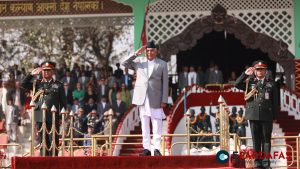





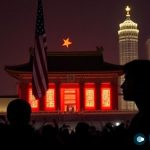

Comments